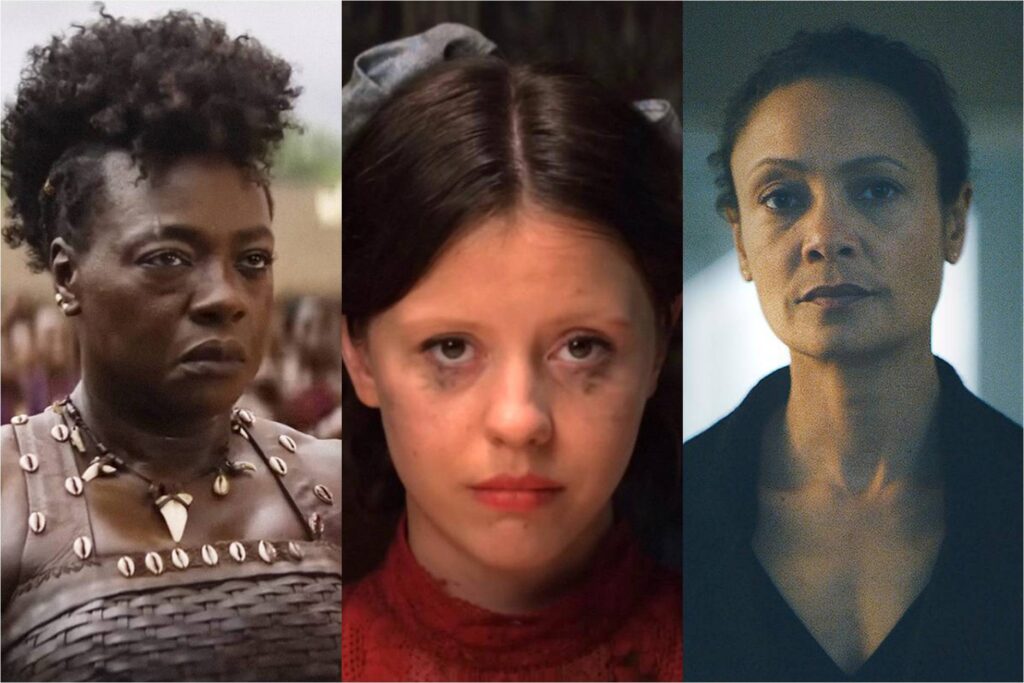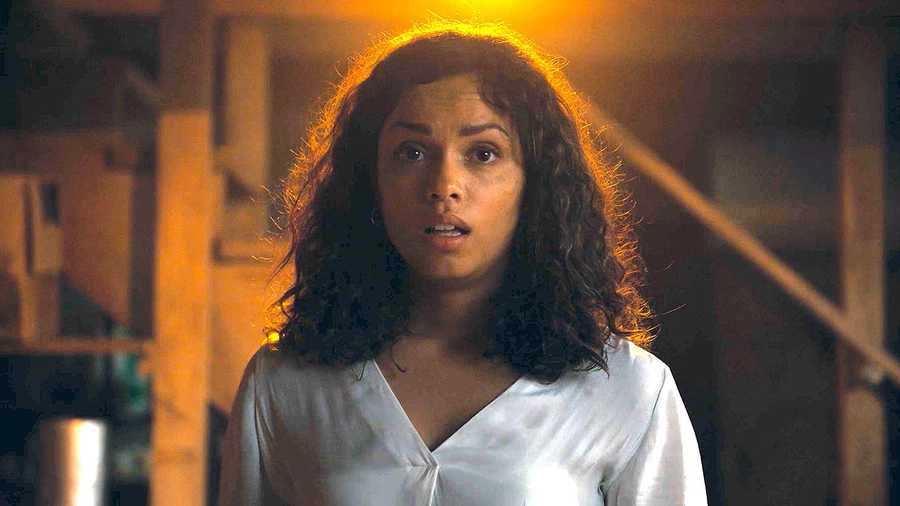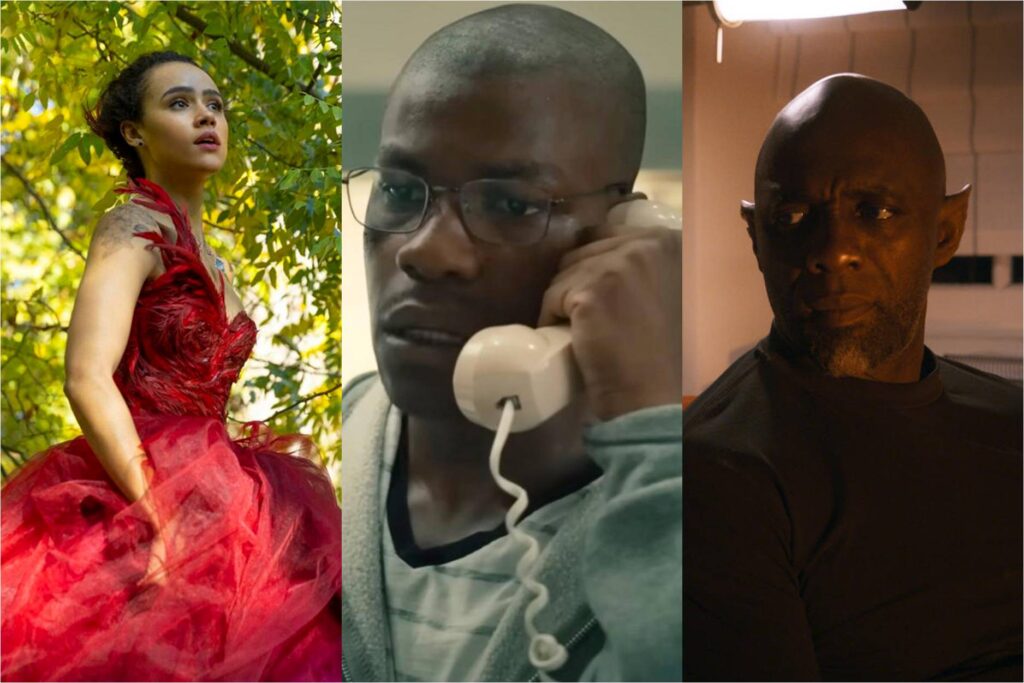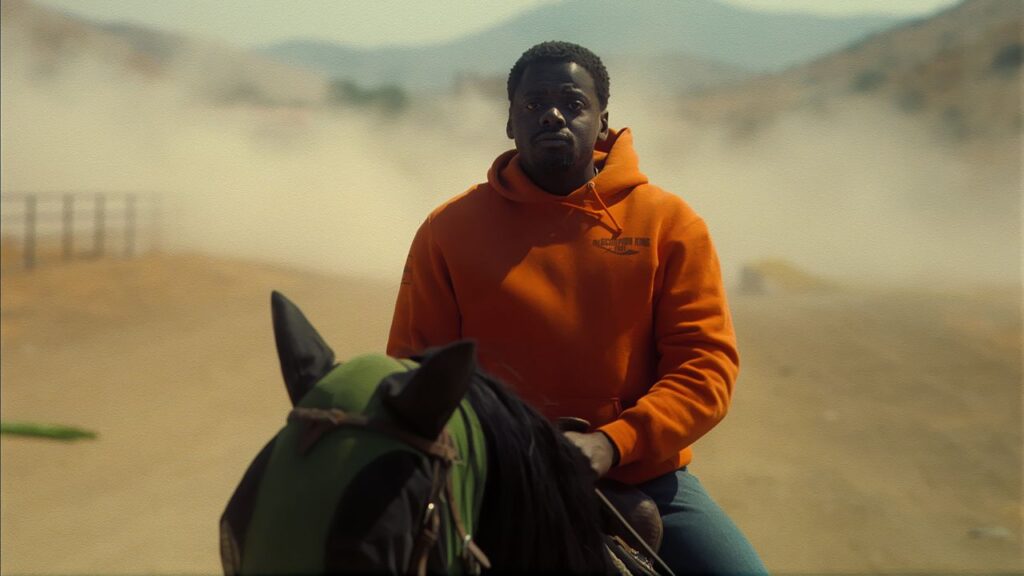Convention Center: Bros, Blonde, and Smile

Not every movie needs to be revolutionary. Genres are durable in part because filmmakers have gradually honed reliable formulae, the passage of time sanding down eons of cinematic experimentation into sturdy templates. Predictability can be dispiriting, but the successful execution of a familiar blueprint can also be satisfying. This past weekend saw three different movies tackle three very different genres, and though none can be mistaken for each other, they all operate with a certain degree of conventionality. Not coincidentally, they’re all watchable while also struggling to break free from the shackles of expectations.
Few movies are more visibly conscious of their place within an established genre than Bros. How conscious? It’s a romantic comedy co-written by Billy Eichner that opens with a character played by Billy Eichner recounting a pitch session in which a studio mogul urges him to write a romantic comedy. The hook, the suit explains, will be that the film will center on gay men but will otherwise follow the standard rom-com playbook, thereby perpetuating the message that “love is love.” Eichner’s character, Bobby, isn’t having it. “Love is not love,” he insists. Gay people are different; you can’t just magically flip the characters’ sexual orientation and expect everything else to cleanly lock into place. Read More




